Bhutan
Bhutan: The Land of Happiness
Nestled in the eastern Himalayas, Bhutan is a kingdom of breathtaking landscapes, rich culture, and deep spirituality. Known as the "Land of the Thunder Dragon," it blends tradition, nature, and adventure, offering a truly unique travel experience.
Top Experiences:
- Stunning Scenery: Snow-capped peaks, lush valleys, and pristine rivers.
- Cultural Heritage: Explore ancient monasteries, vibrant festivals, and the philosophy of Gross National Happiness.
- Adventure & Trekking: Hike to Tiger’s Nest Monastery or challenge yourself on the Snowman Trek.
- Buddhist Spirituality: Visit serene monasteries like Punakha Dzong and Dochula Pass.
- Bhutanese Cuisine: Try Ema Datshi, the national dish of chilies and cheese.
With its peaceful ambiance and untouched beauty, Bhutan is a must-visit for those seeking tranquility and adventure.
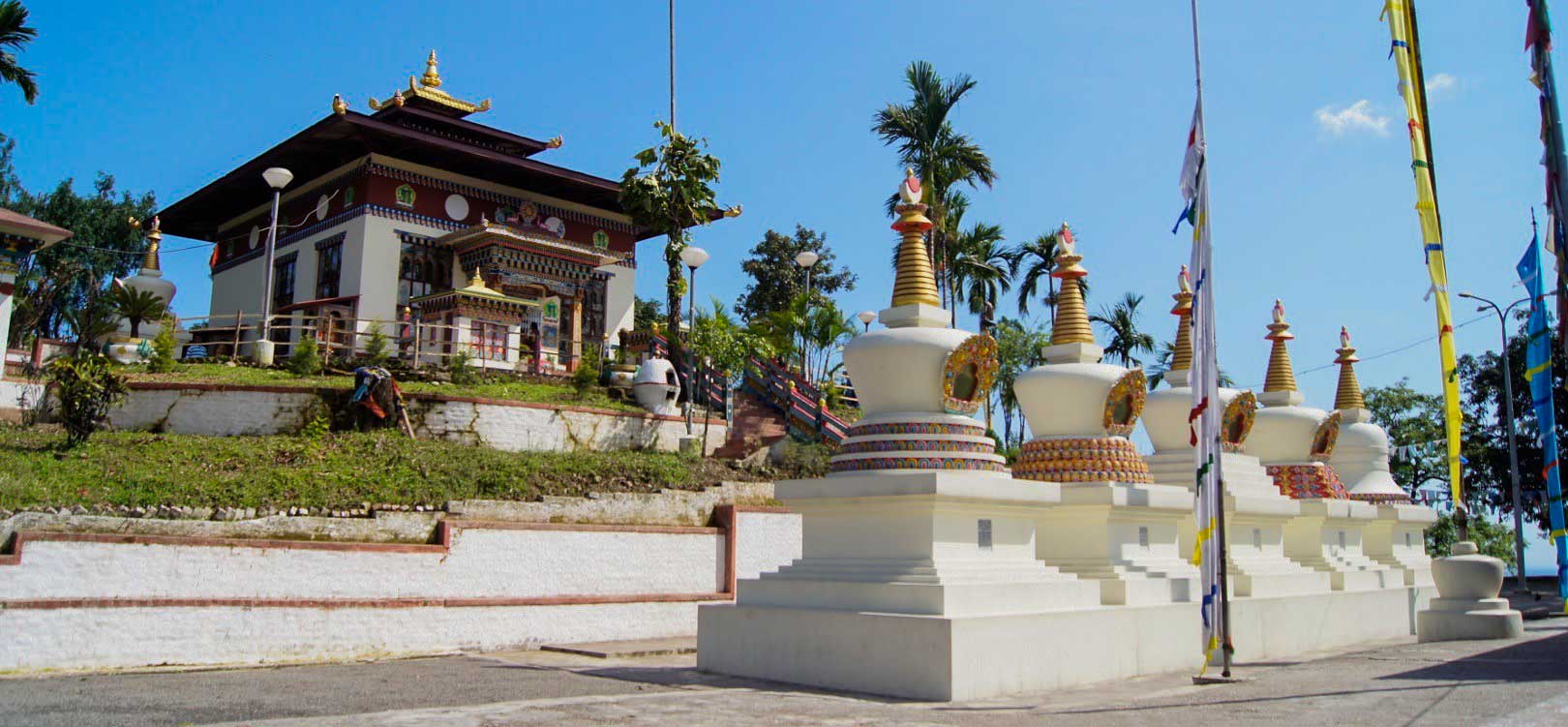
Kharbandi Monastery
Kharbandi Monastery, located near Phuentsholing in southwestern Bhutan, offers panoramic views of the surrounding landscape and Indian plains. Founded in 1967 by Lama Sonam Zangpo, it is a center for meditation and spiritual practice in the Drukpa Kagyu tradition. The monastery houses sacred relics, murals, and a statue of Guru Rinpoche. It is a peaceful stop for visitors seeking blessings and is located near the Indian-Bhutan border.
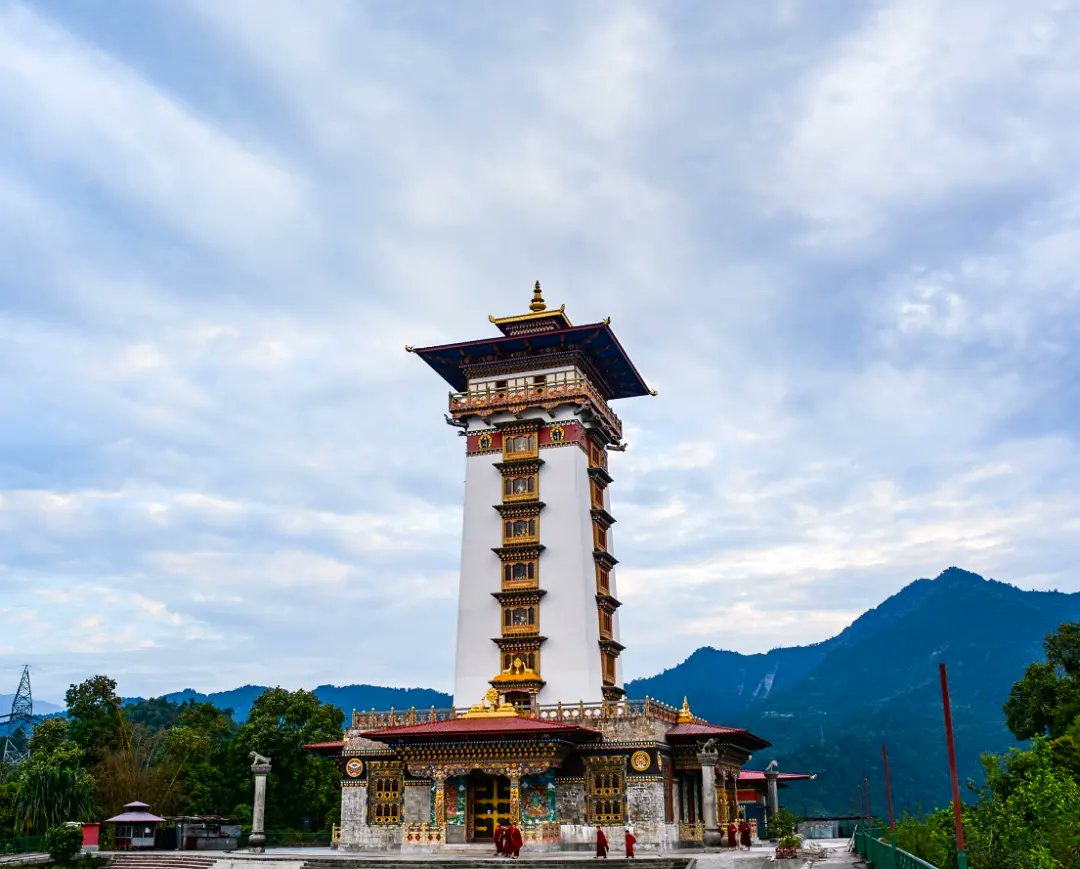
MILERAPA LHAKHANG
Milerapa Lhakhang is a Buddhist temple in the Paro Valley, Bhutan, dedicated to the Tibetan saint Milarepa, known for his spiritual achievements. The temple is built on the site where Milarepa is said to have meditated during his visit to Bhutan in the 11th century. It houses a statue of Milarepa and murals depicting his life. A popular pilgrimage site, the temple offers a serene setting for meditation with stunning views of the surrounding landscape.
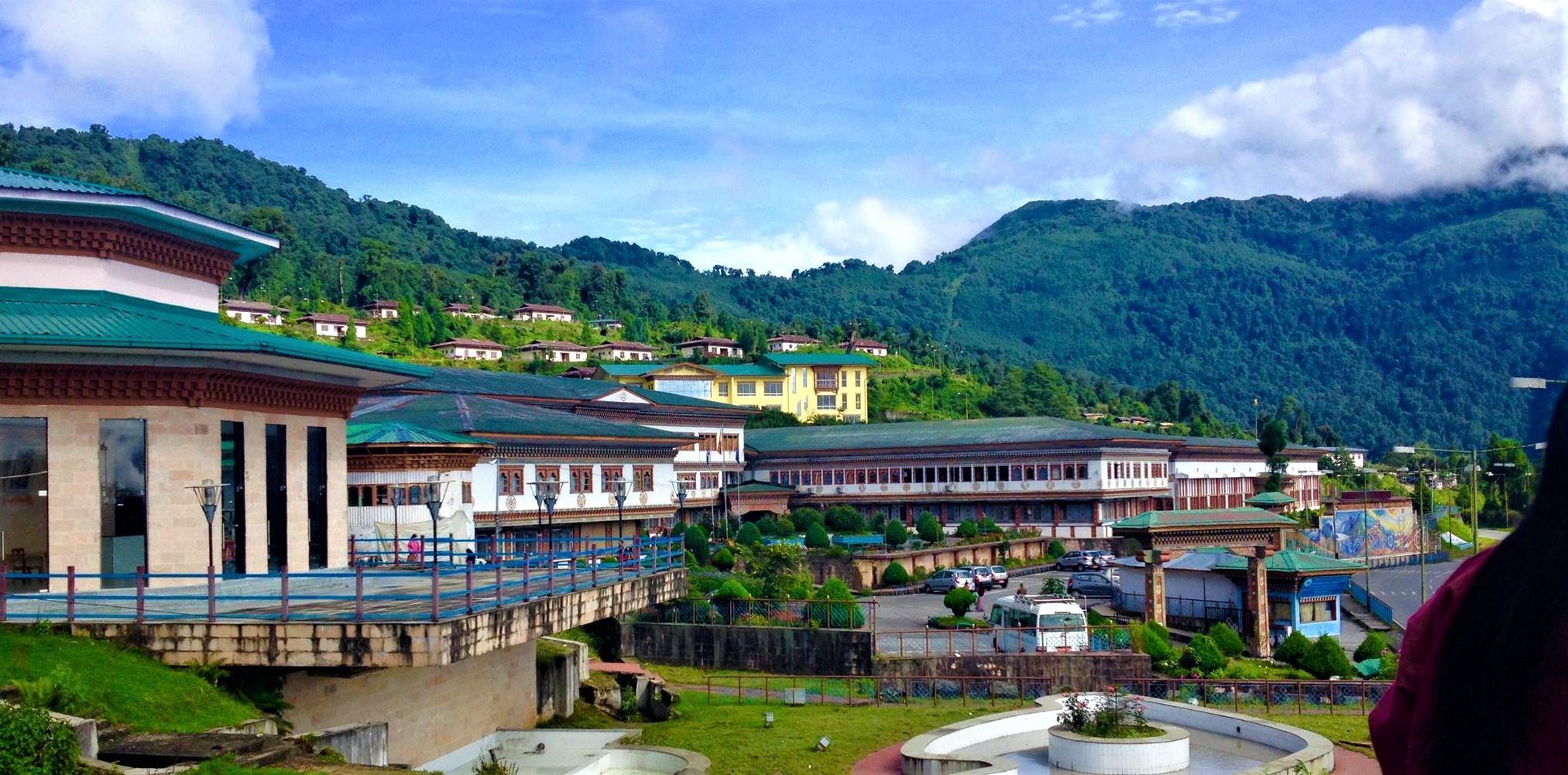
Gedu
Gedu is a town in the Chhukha District of southwestern Bhutan, located about 15 kilometers from Phuentsholing. Known for its strategic location near the Indian border, it serves as a commercial hub for trade between Bhutan and India. Gedu is home to Gedu College of Business Studies (GCBS) and has a strong agricultural community, cultivating crops like rice, maize, and vegetables. Though small, Gedu plays a vital role in the regional economy and offers a peaceful setting with natural beauty and growing infrastructure.
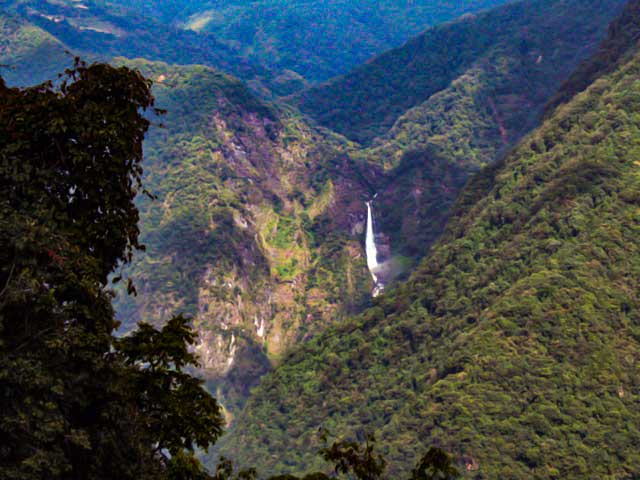
Wankha Waterfalls
Wankha Waterfalls is a beautiful and serene waterfall in the Wangdue Phodrang District of western Bhutan. Surrounded by lush forests and rolling hills, it offers a peaceful setting for nature lovers. Though less known than other waterfalls in Bhutan, it is gaining recognition for its tranquil atmosphere, making it a perfect spot for hiking and connecting with nature in a secluded area.
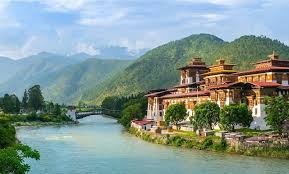
Punakha
Punakha is a beautiful town in Bhutan, located in the western part of the country. It is the administrative center of the Punakha District and was once the capital of Bhutan. Known for its scenic beauty and historical significance, Punakha is a popular destination for tourists.
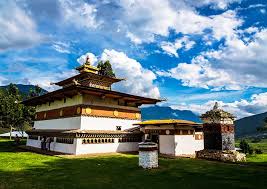
Chimi Lhakhang
This is another popular attraction in Punakha. Known as the "Fertility Temple," it is dedicated to Lama Drukpa Kuenley, who was known for his unconventional teachings. Many people visit the temple seeking blessings for fertility.
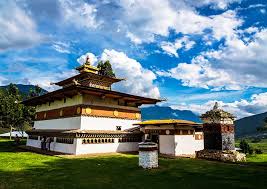
Pho Chhu & Mo Chhu
The Pho Chhu (Male River) and Mo Chhu (Female River) are two rivers in Bhutan that meet below Punakha Dzong, creating a stunning and culturally significant confluence. The Pho Chhu originates in the Gasa District, while the Mo Chhu also rises nearby, both flowing southward to Punakha. After merging, they form the Puna Tsang Chhu, which eventually joins the Brahmaputra River in India. This confluence is not only a natural wonder but also symbolizes the balance of masculine and feminine energies in Bhutanese culture.
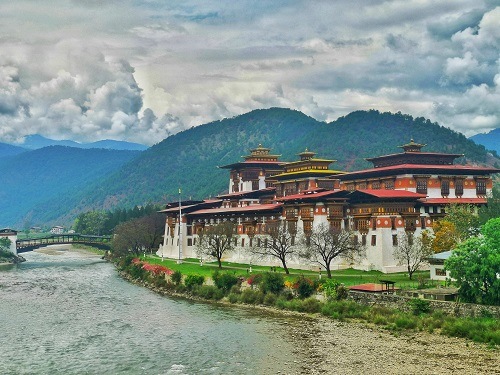
Punakha Dzong
Punakha Dzong, built in 1637 by Shabdrung Ngawang Namgyal, is a key historical and cultural landmark in Bhutan. Located at the confluence of the Pho Chhu and Mo Chhu rivers, it serves as the winter residence of the central monk body. Known for its stunning architecture, it also hosted Bhutan’s first national assembly and the coronation of the first king. The dzong remains a symbol of Bhutanese heritage and spirituality.
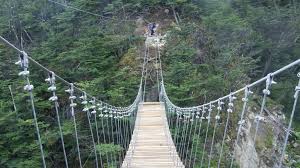
Punakha Suspension Bridge
The Punakha Suspension Bridge is one of Bhutan’s longest and oldest suspension bridges, spanning the Pho Chhu River near Punakha Dzong. At 160 meters long, it offers stunning views of the surrounding landscape. Originally built for locals and farmers, it is now a popular tourist attraction, showcasing Bhutanese engineering and the beauty of Punakha.
© 2025 Ghoom K2 . All rights reserved || Designed by Techno Imagine
